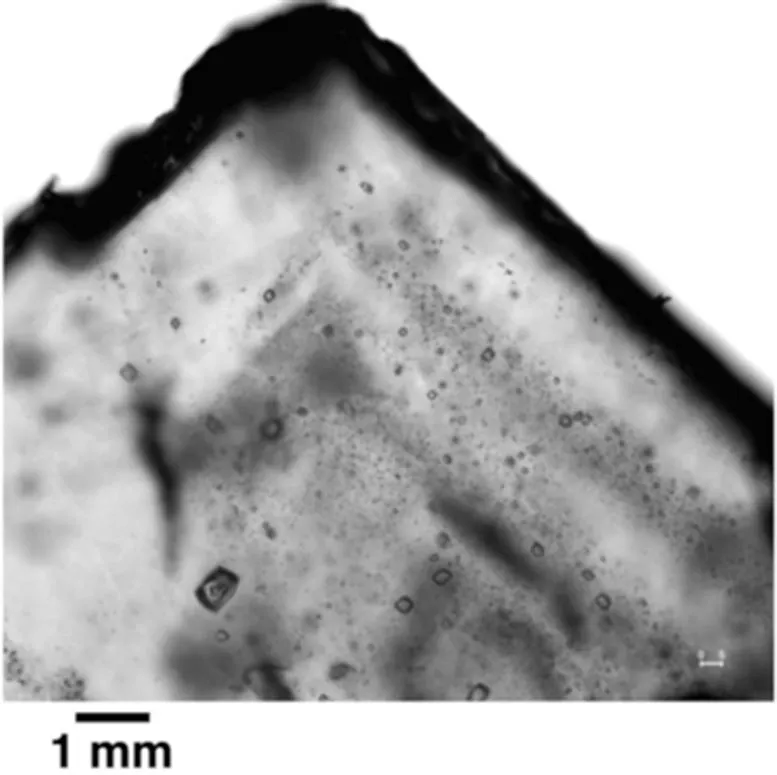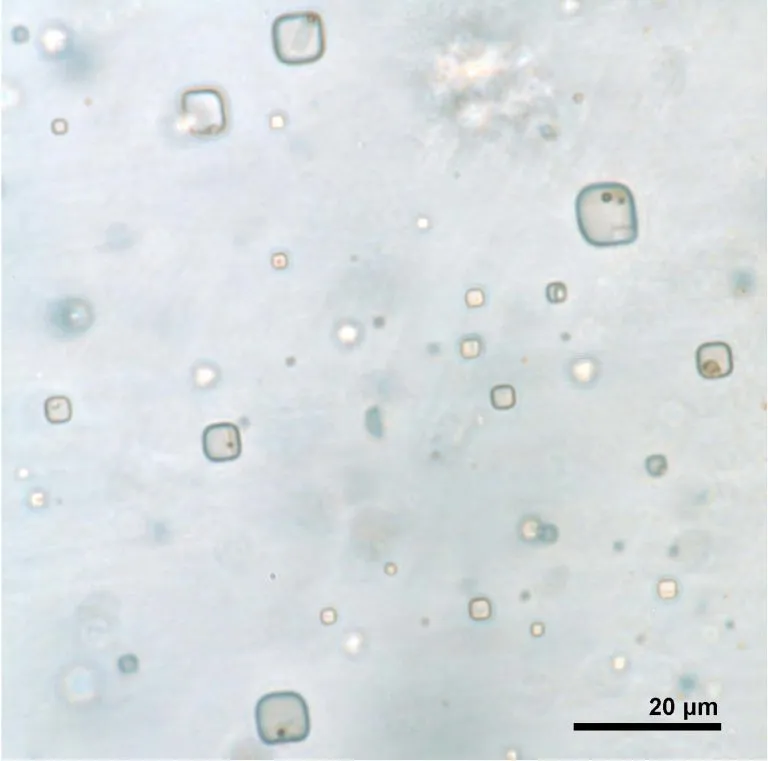According to a new study, ancient microorganisms found in rock salt may have an impact on the search for both earth and alien life** The primary fluid inclusions in the 830 million year old brown formation in central Australia contain organic solids and liquids, which are recorded by transmission light and UV-vis petrography. These objects are consistent with the cells of prokaryotes and algae and the polymers of organic compounds in size, shape and fluorescence reaction.

This finding shows that microorganisms from saline sedimentary environment can be well preserved in rock salt for hundreds of millions of years, and can be detected in situ (in the original position) only by optical method. This study is of great significance to the search for life in terrestrial and extraterrestrial chemical sedimentary rocks.
When rock salt crystals grow in salty surface water, they capture parent water in the primary fluid inclusions. In addition to capturing the mother water, they can also capture any solid in the water near / above the crystal surface. These solids include minute crystals of evaporite minerals or organic matter. Previous studies of modern to Permian rock salts have documented prokaryotes and eukaryotes, including β The presence of organic compounds including carotene.

This study uses non-destructive optical technology to identify and record organic matter in primary fluid inclusions in rock salt 830 million years ago. Sara schreder Gomes, Kathleen benison and Jeremiah Bernau obtained core samples from the Neogene Brown formation with the help of the geological survey of Western Australia.
The depth of the salt crystals in these rocks can be well preserved. They used transmission light petrography and UV-vis petrography to identify primary fluid inclusions and their contents. The team found that the solids trapped in fluid inclusions were consistent with prokaryotic and eukaryotic cells and organic compounds according to their size, shape and fluorescence response to ultraviolet and visible light.
This study The utility of non-destructive optical methods as a first step in examining the biological characteristics of chemical sediments is enhanced. The petrological background of fluid inclusions is essential to ensure that the contents of fluid inclusions represent the original parent water, so they are the same age as rock salts. The study also shows that microorganisms can be preserved in fluid inclusions of rock salt for millions of years, and suggests that similar biological characteristics may be detected in Martian chemical sediments.